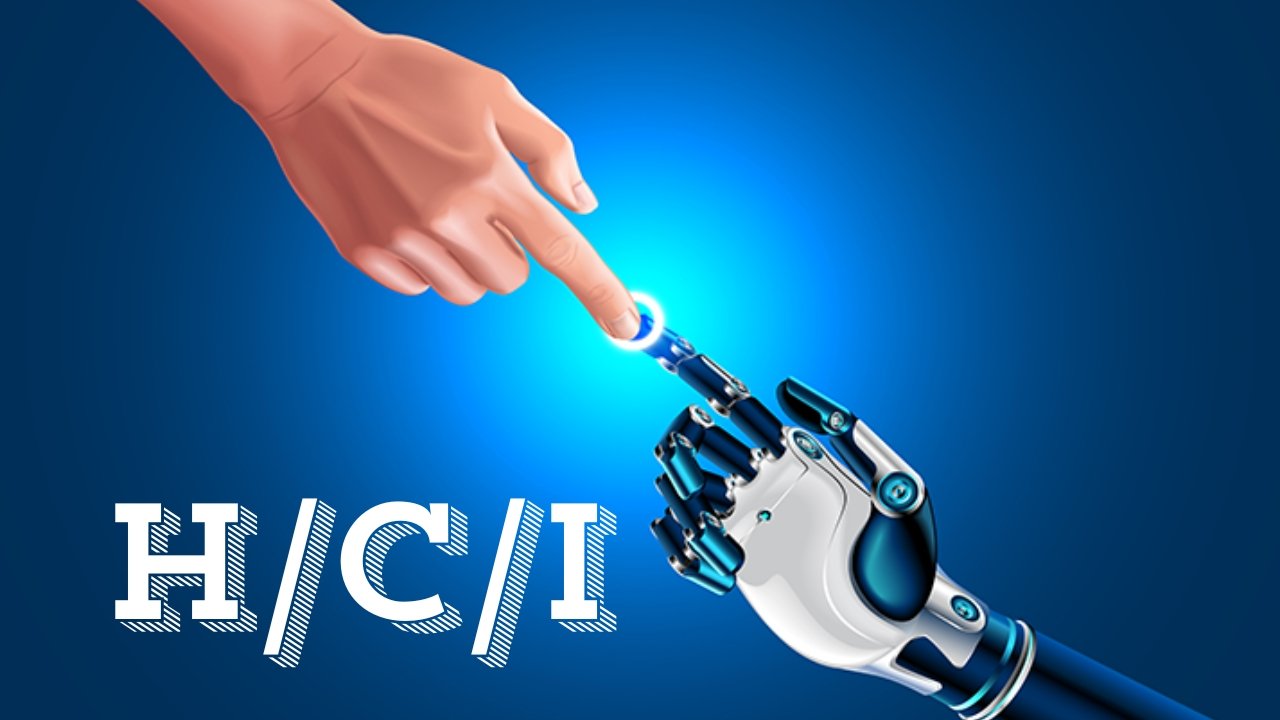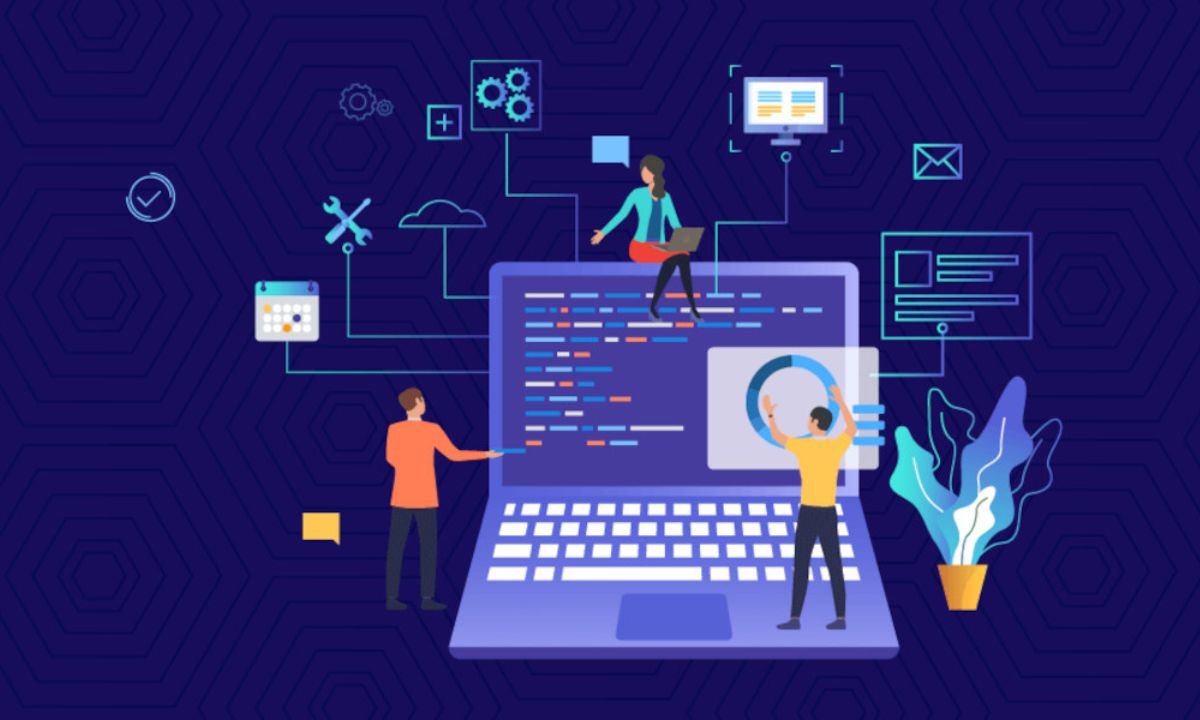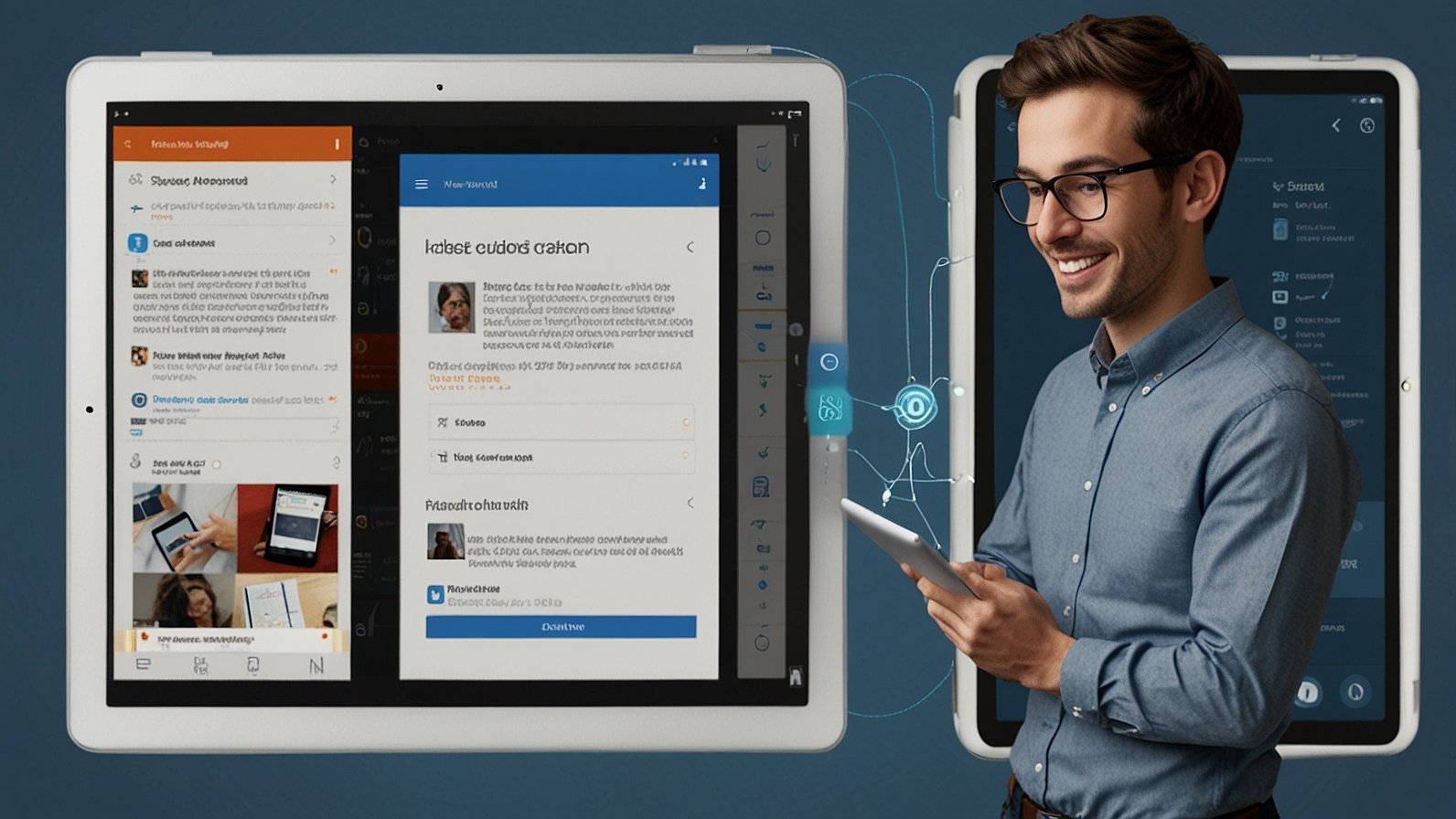Imagine a world where interacting with computers was as natural as speaking to another human. That’s the ultimate dream behind human-computer interaction (HCI). But what exactly is H/C/I? And why should tech enthusiasts, UX designers, and innovators care about its evolution? In this blog post, we’ll explore the history, current trends, and future prospects of H/C/I, offering valuable insights and practical tips along the way.
History of H/C/I
Early Developments
The story of H/C/I begins in the mid-20th century. The first computers were massive, room-filling machines that required expert knowledge to operate. Interaction was limited to punch cards and command-line interfaces. Users needed to write exact commands to get the desired output, making computers inaccessible to the general public.
Key Figures
Enter Douglas Engelbart and Ivan Sutherland. Engelbart’s invention of the computer mouse in the 1960s revolutionized the way we interact with machines. It allowed users to point and click rather than type complex commands. Ivan Sutherland’s Sketchpad, often considered the first graphical user interface (GUI), paved the way for visual interactions with computers.
Evolution Over Time
Over the decades, H/C/I evolved from text-based interfaces to graphical ones, and now, to more intuitive forms like touch and voice. The introduction of personal computers in the 1980s made technology accessible to the masses. The 1990s saw the rise of the internet and web browsers, further changing how we interact with computers. Today, we have smartphones, tablets, and smart devices that respond to our touch, voice, and even gestures.
Current Trends in H/C/I
Technological Advancements
In recent years, advancements in artificial intelligence (AI) and machine learning have significantly impacted H/C/I. Virtual assistants like Siri, Alexa, and Google Assistant have made voice interaction mainstream. Augmented reality (AR) and virtual reality (VR) offer immersive experiences that were once the stuff of science fiction. These technologies make interactions more natural and intuitive.
Industry Applications
H/C/I is not just limited to personal gadgets; it’s transforming various industries. In healthcare, touchscreens and voice commands are used in operating rooms for hands-free control of medical devices. In education, interactive whiteboards and AR applications make learning more engaging. Retailers use AI-powered chatbots to enhance customer service, providing instant assistance and personalized recommendations.
Case Studies
Consider Google’s Duplex, an AI system that can make phone calls on behalf of users to book appointments or make reservations. Another example is Microsoft’s HoloLens, a mixed reality device used in fields ranging from engineering to healthcare. These case studies demonstrate how cutting-edge H/C/I technologies are being successfully implemented in real-world scenarios.
Impact of H/C/I
Economic Impact
The economic benefits of H/C/I are substantial. Improved user interfaces lead to higher productivity and efficiency. Businesses can save time and reduce errors, translating to cost savings. The market for H/C/I technologies is growing rapidly, with companies investing heavily in research and development.
Social Impact
H/C/I also has a profound social impact. It democratizes access to technology, making it easier for people of all ages and abilities to use computers. Voice assistants, for example, are particularly beneficial for individuals with disabilities. HCI makes technology more inclusive and accessible, bridging the digital divide.
Environmental Impact
While the ecological implications of H/C/I are often overlooked, they are significant. More intuitive interfaces can reduce the need for physical manuals and paper-based instructions, thereby saving trees. However, the production of advanced HCI devices also has an environmental cost. It’s essential to consider sustainable practices in the development and disposal of these technologies.
Challenges and Solutions in HCI
Common Challenges
Despite its advancements, HCI faces several challenges. One major issue is privacy. With devices constantly listening and recording, concerns about data security are rising. Another challenge is the steep learning curve for older generations who may find new technologies daunting. Additionally, designing interfaces that cater to a diverse user base is no easy feat.
Innovative Solutions
To address privacy concerns, companies are implementing stronger encryption methods and transparent data policies. For older users, simplified interfaces and user-friendly tutorials can make a significant difference. Inclusive design principles ensure that interfaces are accessible to individuals with varying needs and abilities.
Future Prospects
Looking ahead, the future of HCI is incredibly promising. AI will continue to evolve, making interactions even more seamless. Brain-computer interfaces (BCIs) are on the horizon, allowing direct communication between the brain and the computer. This could revolutionize how we work, learn, and interact with the digital world.
You May Also Like: How to Cancel Spectrum Internet and What to Expect
Conclusion
In summary, human-computer interaction has come a long way from the early days of punch cards and command lines. Today, we enjoy intuitive, user-friendly interfaces that make technology accessible to all. The future holds even more exciting possibilities, from advanced AI to brain-computer interfaces. For tech enthusiasts, UX designers, and innovators, understanding the evolution of H/C/I is crucial for staying ahead in this rapidly changing field.
FAQs
What is H/C/I?
H/C/I stands for human-computer interaction. It encompasses the design, evaluation, and implementation of interactive computing systems for human use.
Why is H/C/I important?
H/C/I is essential because it makes technology accessible and easy to use, improving productivity and quality of life.
What are some examples of H/C/I technologies?
Examples include graphical user interfaces (GUIs), voice assistants like Siri and Alexa, augmented reality (AR), and virtual reality (VR).
What are the challenges in H/C/I?
Challenges include privacy concerns, the digital divide between generations, and designing inclusive interfaces for diverse user groups.
What does the future hold for H/C/I?
The future of H/C/I includes advancements in AI, brain-computer interfaces (BCIs), and even more intuitive and seamless interactions between humans and machines.










